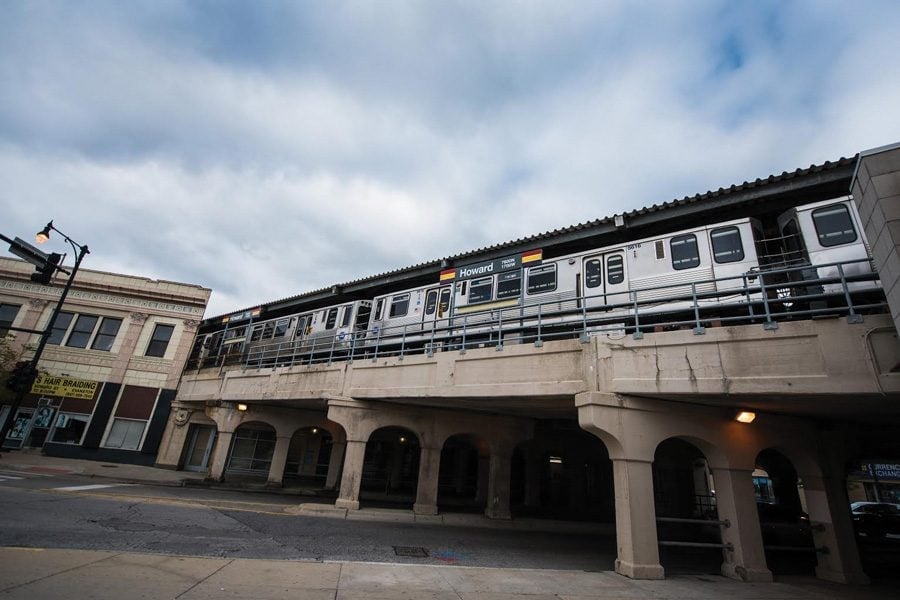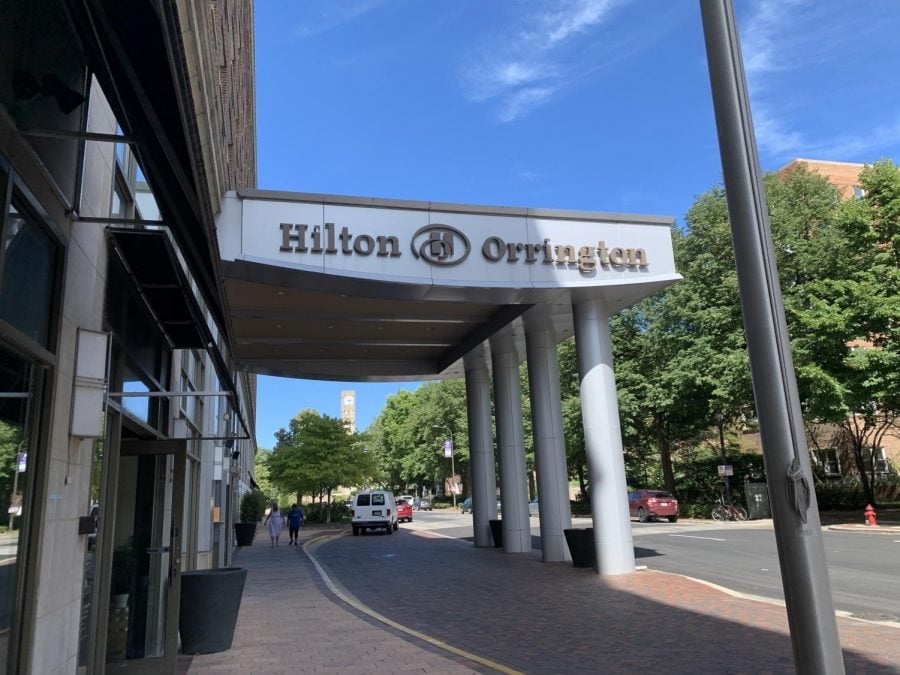At six years old, Chicago native Nathan Kipnis already knew he wanted to be an architect. Six years later, the world faced an oil embargo and Kipnis faced a self-given challenge to change the world. With sights set on building a career in architecture, environmental consequences of the oil embargo refined his dream to environmentally-friendly design.
Kipnis, principal of Evanston’s Kipnis Architecture + Planning, recalled watching movies in Hebrew school about the oil embargo.
“I thought, ‘I don’t know how, but somehow I want to see what I can do about this situation,'” said Kipnis, who was recognized in Chicago Magazine’s 2011 Green Awards. “As a little kid you’re thinking you can actually save the world or something.”
He decided he could make his mark by saving the world from energy inefficiency.
In December, one of Kipnis’s designs received Platinum Leadership in Energy and Environmental Design certification, earning the top LEED rating of residential homes for only the second time in Illinois. LEED certification is awarded by the U.S. Green Building Council and is designated as silver, gold or platinum.
To calculate scores, buildings are evaluated on factors such as location, water and energy efficiency, materials and resource origins. The program provides owners and operators guidelines on green building design, according to the USGBC website.
Glencoe homeowners Barry and Natalie Slotnick commissioned the platnium LEED house to achieve high environmental ratings, Barry Slotnick said.
“My wife and I knew we wanted to build a green home,” he said. “I felt that if we went through the effort to build a green home, I wanted it be verified as green. That’s what LEED afforded.”
The Slotnicks’ home is only the second residence in the state to achieve platinum LEED ranking. It served as the first officially LEED-certified home Kipnis designed, despite his ongoing commitment to green architecture in other endeavors. He said the added costs of certification inhibit some of his clients from seeking LEED ratings, but the Slotnicks demonstrated devotion to the process.
“It puts the house in a special class,” which has drawn more than 1,000 visitors to the home since the Slotnicks moved in last April, said Barry Slotnick (Weinberg ‘93 and Kellogg ‘00).
To earn platinum LEED rankings, the Glencoe house employs a range of energy efficient technologies, including two types of solar panels, roof angles that facilitate natural heating, cooling and lighting, repurposed materials and a green roof - Kipnis’s favorite feature.
“This house was a labor of love really devoted to (our children) and their generation because they are going to grow up in this world that frankly is adversely affected by climate change,” Barry Slotnick said. “If they can glean some knowledge from living in this house and from what we’ve done, that’s all we can hope.”
Beyond his career in green architecture, Kipnis demonstrates dedication to energy efficiency through volunteer community outreach work. The 18-year Evanston resident is a founder of Citizens’ Greener Evanston, a community group dedicated to environmental efforts. Kipnis serves on the group’s board of directors and renewable energy task force, which focuses on progressing the city’s offshore wind farm plan and bringing community choice electricity aggregation to Evanston.
Through his occupational and volunteer work, Kipnis has become a significant local environmental leader, said Elizabeth Porporato, former member of CGE’s board of directors.
“He is really focused on what he does…and is really passionate about what he does,” Porporato said.
Kipnis graduated from Arizona State University in 1985 with a masters of architecture concentrated in energy-conscious design.
“I didn’t do anything with that degree for a long time because the political climate had changed by the time I got out of school, but that’s where it all started,” Kipnis said.













